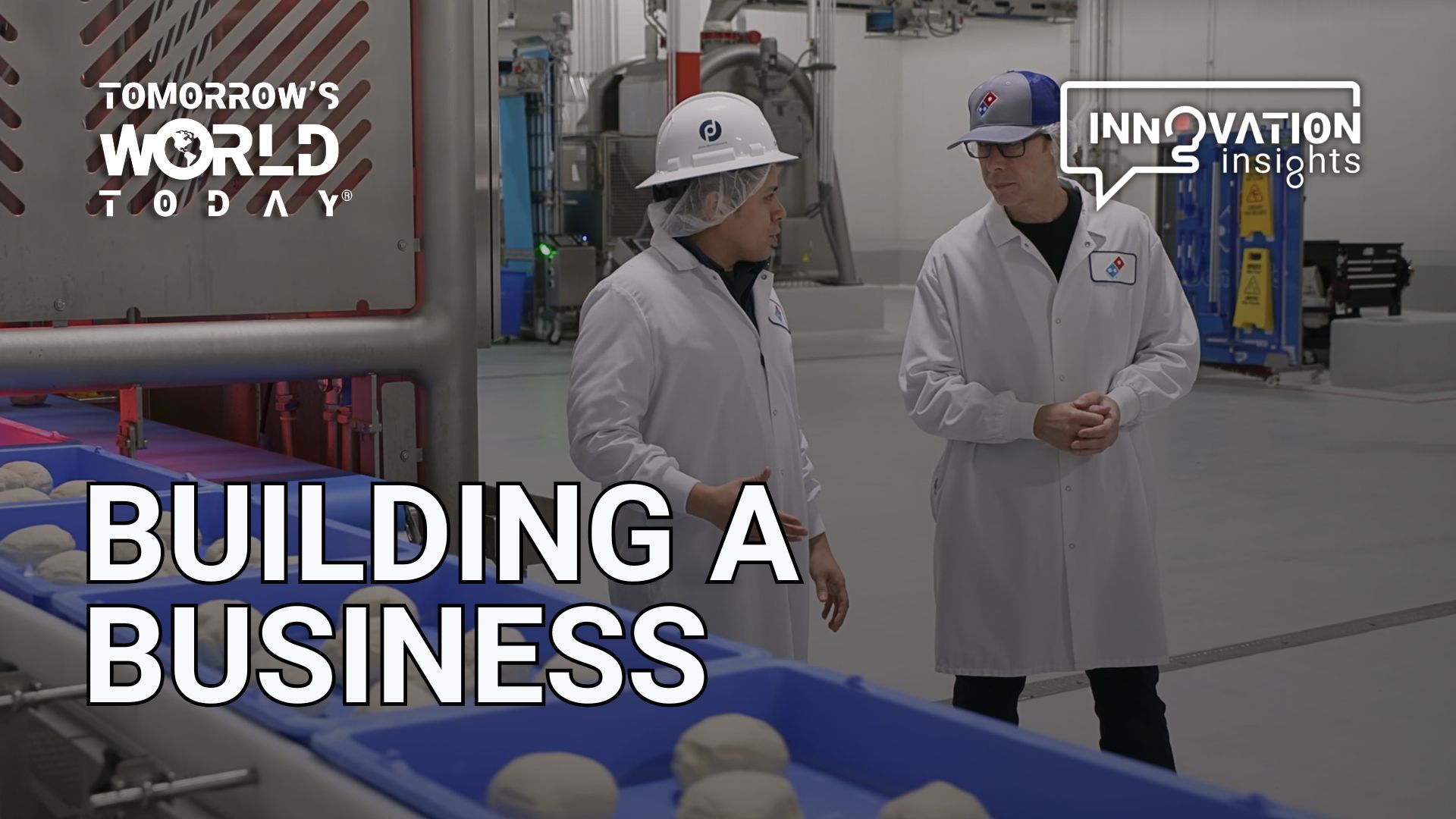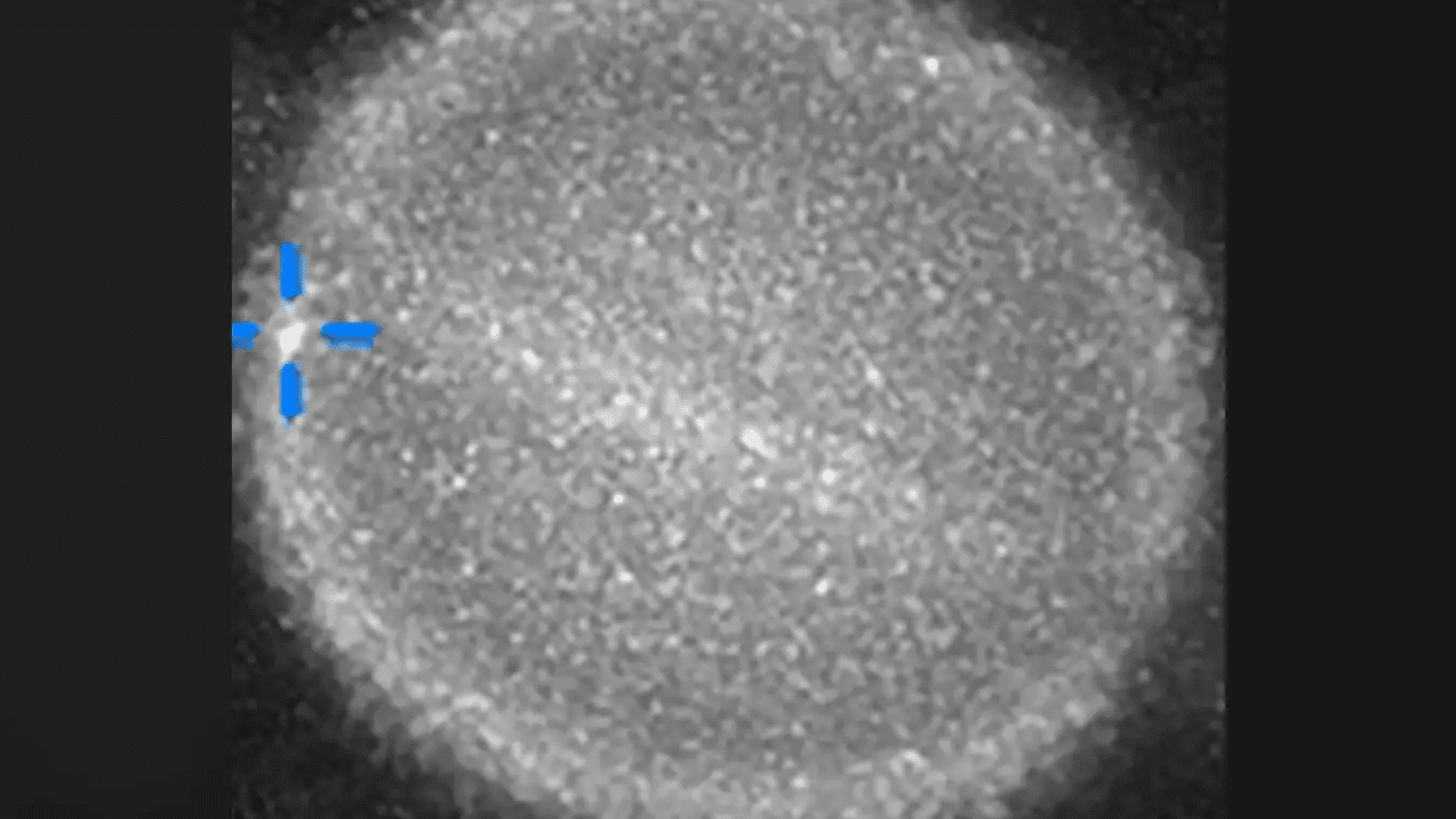The National Aeronautics and Space Administration (NASA) has accomplished incredibly important scientific and technological achievements in human spaceflight, space science, and more that have had widespread impacts on our nation and the world. Here is the brief history and evolution of NASA.
The Creation of NASA: One Giant Leap For Mankind
NASA was created on October 1, 1958, when the existing National Advisory Committee of Aeronautics (NACA) merged with Langley Aeronautical Laboratory, Ames Aeronautical Laboratory, Lewis Flight Propulsion Laboratory, and two smaller test facilities.
Its creation was largely in response to the Soviet launching of Sputnik in October 1957. Sputnik was the first artificial satellite to orbit the Earth; its launch sparked fears that the Soviets might also be capable of sending missiles with nuclear weapons from Europe to America.
After President John F. Kennedy declared that America should put a man on the moon by the end of the decade in May 1961, NASA quickly went to work. NASA’s first high profile program was Project Mercury which was developed to understand the viability of humans surviving in space.

In May 1961, Alan Shepard took the first human Mercury flight, making him the first American, and second person, in space. In February 1962, John Glenn became the first American to orbit Earth, circling the globe three times.
Following Project Mercury was Project Gemini, which helped NASA prepare and perfect the trip to the moon. Before NASA could put an astronaut on the moon, it had to learn many things, including what happened when astronauts spent many days in space, how astronauts could go outside a spacecraft, and how to connect two spacecraft in space. Ten crews flew missions on the two-man Gemini spacecraft between 1965 and 1966, proving that NASA could solve all of these issues.
After the completion of Mercury and Gemini, NASA began its most well-known achievement: the Apollo Missions. Despite early issues in the program, such as the Apollo 1 capsule fire in January 1967 that killed all astronauts on board, the Apollo Project continued. Notably, the Apollo 7 mission successfully orbited the Earth in October 1968, and the Apollo 8 mission successfully orbited the moon in December 1968.
Finally, on July 20, 1969, Neil Armstrong and Edwin “Buzz” Aldrin made history as the first and second men to ever walk on the moon’s surface. Five more successful moon landings followed in the subsequent three years.

Scientific Research, Spacecraft, and Mars: NASA Then & Now
After NASA’s extremely successful infancy, the agency has continued its evolution with countless contributions to the greater scientific field from the 1970s until today.
The Space Shuttle Program
Six years after the completion of the Apollo Project, NASA launched The Space Shuttle Program to develop a reusable space shuttle in 1981. Between 1983 and 1986, the Space Shuttle program launched 21 missions to perform various duties like launching satellites and testing robotics in space.
The Space Shuttle program paused for two years after the Space Shuttle Challenge killed all seven crew members aboard in 1986. In 1988, the program returned to service to conduct experiments and deploy telescopes until 2011. In total, the Space Shuttle program completed 135 full missions, sending 300 astronauts into Space.
Skylab & ISS
To develop a more permanent human presence in Space, NASA began the Skylab program in 1973. The success of three Skylab missions led to Congress’ authorization to develop a major space station as a base for future space exploration in 1984.
In 1993, Russia and other international partners joined the U.S. to develop a joint facility known as the International Space Station (ISS). One of the most complex engineering projects in history, the ISS remains the biggest man-made structure ever constructed in space.

In its over 20 years of existence, the space station has supported numerous breakthroughs and discoveries thanks to microgravity research. This research has aided topics like Alzheimer’s and cancer research, how flames work, ways to purify water, improving drug treatments, food growth, and 3D printing.
Mars
NASA’s Mariner 4 was the first craft to reach Mars in 1965, with following Mariner missions reaching the planet and photographing crater-covered landscapes. The two Viking spacecraft were launched in 1975 to search for basic signs of life on Mars; the probes could not prove the existence of microbes on the surface.
After the Mars Observer disappeared without a trace in August 1993, interest in exploring the Red Planet grew. Subsequent missions were more successful, such as the Mars Global Explorer launched in November 1996 and the Mars Pathfinder in 1998. The Pathfinder explored a limited area of the planet’s surface using the Sojourner rover, which was followed by the Mars Odyssey and the Spirit and Discovery rovers in 2004.
Many more successful missions occurred throughout the 2000s, 2010s, and 2020s, such as the Mars Reconnaissance Orbiter launch in 2005 that continues to send data to Mars. The Mars Curiosity Rover arrived in 2012 to search for signs of ancient habitable environments, finding previously water-soaked areas. The Mars Perseverance Rover landed in 2021 to seek signs of ancient life and collect samples of rock and regolith to hopefully bring back to Earth.
Telescopes
In 1990, NASA launched the Hubble Space Telescope into Earth’s orbit. After solving a problem in its mirror in 1993, the telescope went on to take the most dramatic images of galaxies and faraway worlds ever seen before, at the time.

The James Webb Telescope launched at the end of 2021, equipped with greatly improved infrared resolution and sensitivity to view objects too old, distant, or faint for the Hubble. In July 2022, NASA released James Webbs’ first images, revealing a part of space and time never seen before. The telescope will continue to unveil images and data points that will transform how we see and understand the universe.
The Future of NASA’s Evolution
NASA is now preparing for a new era of sustainable human spaceflight and discovery.
The agency plans on returning to the Moon’s surface in 2025 with its Artemis mission to explore more of the lunar surface. NASA’s Space Launch System (SLS) will play a role in this mission, launching Orion, NASA’s newest spacecraft. NASA hopes to set up an Artemis Base Camp on the Moon to allow crews to stay on the lunar surface for longer periods of time.
Artemis is the first step in the next era of human exploration. Together with commercial and international partners, NASA hopes to establish a sustainable presence on the Moon to prepare for the latest goal in its evolution: get humans to Mars.







